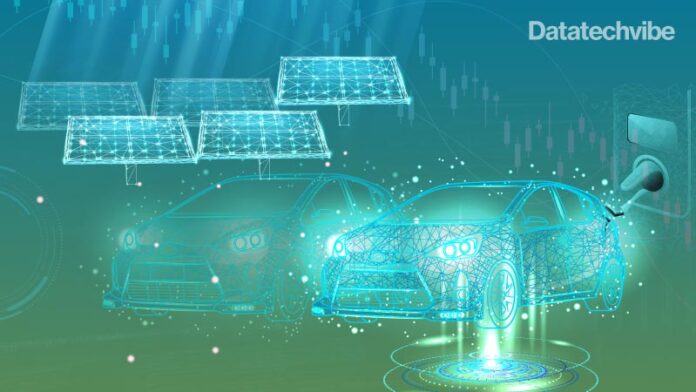With bigger shifts in technology to advance net-zero goals and emissions reduction, we can expect big strides in the use of data science in the industry
The importance of data science and analytics in cleantech is growing significantly as the sector expands. With improvements in sensor and connectivity technology comes the ability to collect more data. Prior to these developments, it was costly and time-consuming for energy companies to interpret data and derive insights for decision-making purposes. Now, with the advent of technologies that enable energy conversion, storage and management, data analytics can do more than simply derive insights.
In fact, according to Mordor Intelligence, market intelligence and advisory firm, the big data and analytics market in the energy sector is expected to grow at a CAGR of 11.28 per cent during 2021-2026. Big data analytics play a crucial role in reducing energy consumption and improving energy efficiency in the energy sector.
Data science in the clean energy industry can optimise and improve processes. This includes predictive maintenance, cutting down costs, optimising power performance, and more. As such, data science and analytics have the potential to transform day-to-day operations in the renewable energy sector.
Here are the different ways data science is advancing the cleantech sector.
Digital twin technology
According to the Global Market Trajectory and Analytics Report 2022 by Business Wire, the global digital twin market is expected to reach $35.5 billion by 2026 – growing at a CAGR of 36.9 per cent over this period. Initially, engineers and designers used digital twin technology to build prototypes of new products. However, it proved to have more practical uses, especially as it became possible to integrate it with the Internet of Things (IoT) and AI.
As digital twin technology uses real-time data to simulate a physical object and predict how it will perform, it can help optimise all aspects of design, operations, and management. The ability of digital twins to operate in real-time enables them to track, manage and minimise emissions during construction. It can also perform more advanced tasks such as predicting traffic flow or controlling individual room temperature.
The World Economic Forum quoted research by the Saïd Business School at Oxford University showing that 90 per cent of the world’s infrastructure projects are late or over budget. This means more costs and, most importantly, more carbon emissions. Such errors could be prevented through digital twin technology due to its real-time tracking and prediction abilities. In fact, Ernst and Young’s digital twin report in 2021 show that the technology could save up to 35 per cent on the project and building costs and help reduce carbon emissions within cities by between 50 per cent and 100 per cent.
Solar technologies
The role of data and analytics in solar energy is important for reducing emissions, but it can also lead to optimal management leading to an overall minimisation of costs. For example, solar conversion devices can predict the overall energy yield over the lifetime of a panel; it can lower the risk and cost of propositions and lead to higher investor confidence.
Additionally, it can be challenging to maintain solar farms with numerous panels spread across regions. A good example of how big data and analytics can help monitor and maintain solar plants is through solar management programmes such as Virtual Irradiance (VI). A company called Extra Space Storage (ESS) used this programme to detect underperformance and inefficiencies without being on-site by collecting ground-level sunlight-intensity data to signal malfunctions. As such, data collected by a solar plant can optimise power performance, reduce maintenance, and predict upcoming maintenance times.
Aside from predictive maintenance and monitoring, solar technologies can help with decision-making in terms of technology costs, location-specific competitive advantages, policy impacts on system financing, and detailed levelised cost of energy (LCOE) analyses. It also helps to assess the performance and reliability of solar energy facilities, predict energy output, and increase situational awareness for utility system operators.
Electric vehicle technology
With motor vehicles being the largest producers of greenhouse gases worldwide, electric vehicles and EV charging stations are among the fastest-growing forms of cleantech. The most important uses of data science technologies in EVs include smart grid technologies, an effective solution to meet the power system demand while reducing carbon emissions. According to the Electric Power Research Institute, a smart grid can help reduce greenhouse gas emissions by up to 211 million metric tons. The data collected from sensors and in-built trackers can help energy generation optimisation and lower emissions.
The role of data science and analytics in advancing cleantech solutions has witnessed significant growth in the past few years. With bigger shifts in technology to advance net-zero goals and emissions reduction, we can expect even larger strides in the use of data science in the industry.
*Professor Tadhg O’Donovan, Deputy Vice Principal, Academic Leadership and the Head of the School of Engineering and Physical Sciences at Heriot-Watt University Dubai
If you liked reading this, you might like our other stories
Datatechvibe Explains: Digital Twin
Benefits Of Being A Twin









